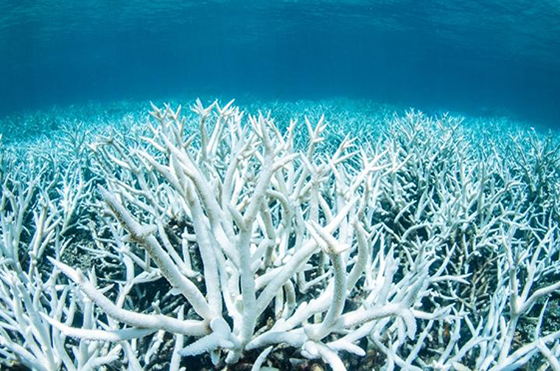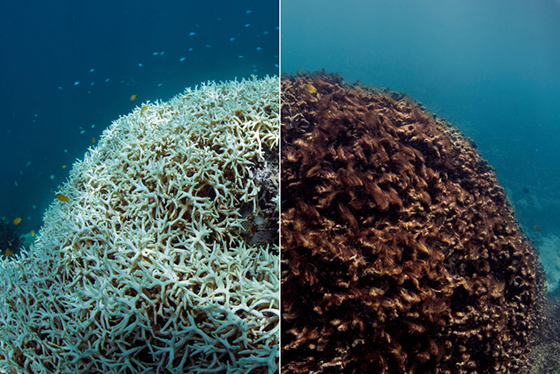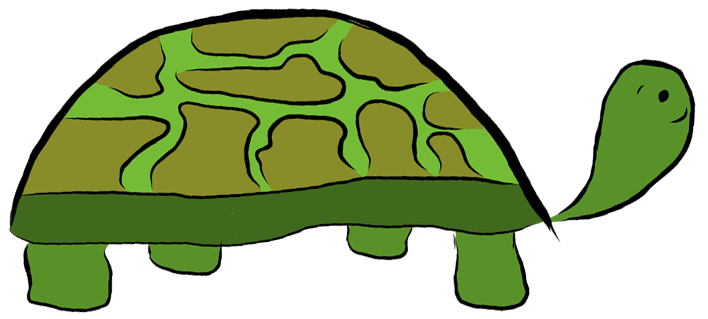Ice acts like a protective cover over the Earth and our oceans. These bright white spots reflect excess heat back into
space and keep the planet cooler. In theory, the Arctic remains colder than the equator because more of the heat from
the sun is reflected off the ice, back into space. Rapid glacial melt in Antarctica and Greenland also influences ocean
currents, as massive amounts of very cold glacial-melt water entering warmer ocean waters is slowing ocean currents.
And as ice on land melts, sea levels will continue to rise. Many aspects of human life and culture have a strong influence
on the changes in our environment.
One huge factor in the cause of this is cows. Cows release methane into the atmosphere. With beef being such a huge
consumption of humans, espically Americans, the population of cows only continues to dramatically increase. This in turn
helps the continual rise of the global average temperature.
Death of the Great Barrier Reef
Scientists have discovered an unprecedented die-off in the world's largest reef, the Great Barrier Reef, prompting
the Australian government to issue its highest response level. Death among the organisms that build the reef's
structure is most likely linked to rising temperatures in the ocean, the government announced. Bleaching occurs when
warm ocean water stresses corals to the point that they expel the tiny algae, known as zooxanthellae, that normally
live inside their tissues. The algae provide the corals with most of their food, as well as their color. If the heat
stress is lessened soon enough, the coral can recover. If not the, organisms will die.
The rising sea temperatures in the coral reefs are also effecting marine life for animals such as turtles. They are already starting to
produce nests that consist of 70%-90% female babies. This will cause massive reproduction issues if this trend continues.
Sea turtles are reptiles, they rely on the temperature of the sand in which the eggs incubate to determine the gender of the hatchling
in a nest. Typically, the eggs in the lower, cooler, part of the nest will become males, while the eggs in the upper, warmer, part
of the nest will become females.



